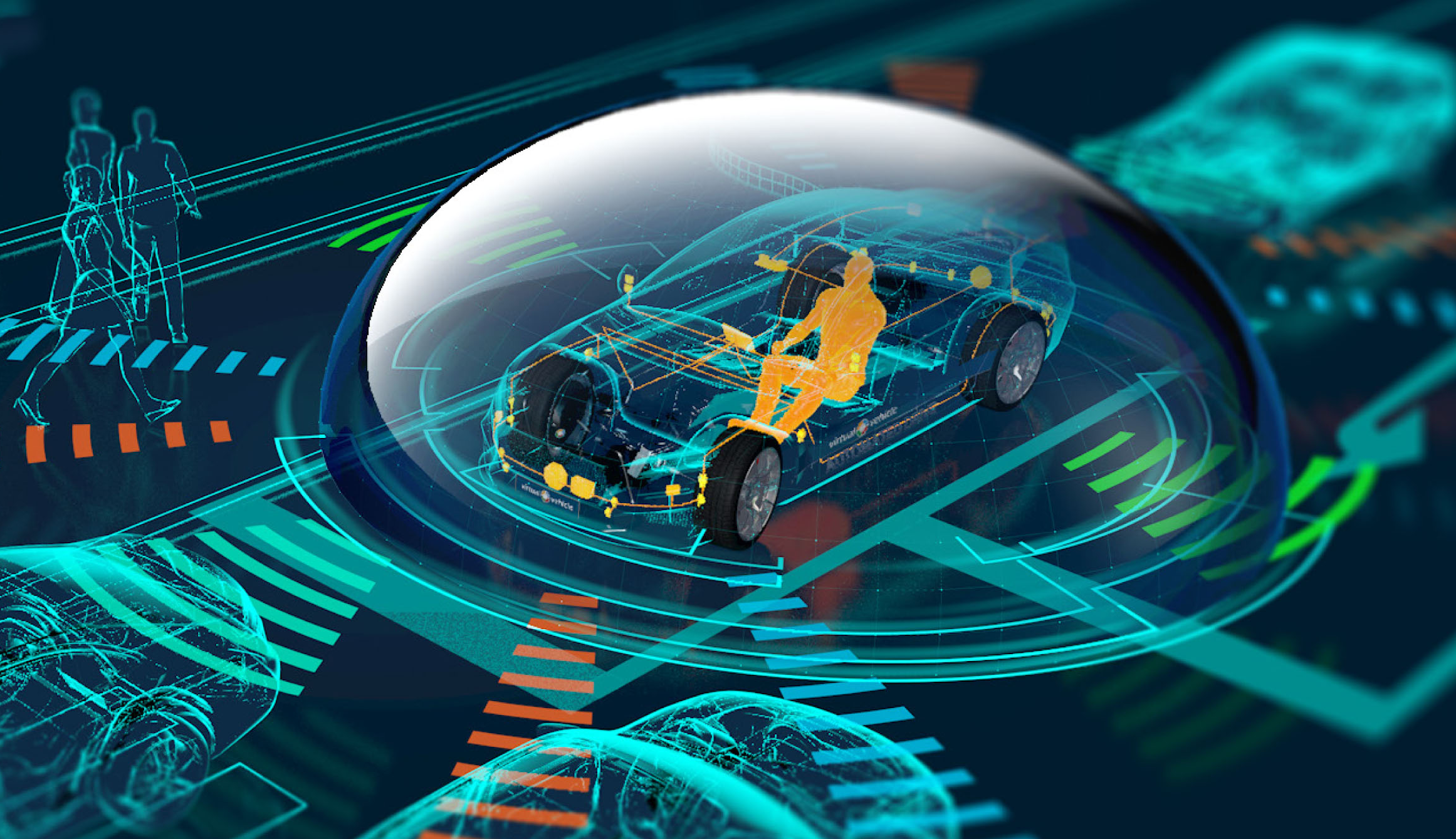
What is Human Factors?
Why are Human Factors required?
Human Factors define how devices and systems are developed and constructed. After all technology is supposed to solve human purposes. In automated driving this purpose is to safely transport a human from A to B. Human Factors considers how this human being interacts with the automated car, which barriers their might be to usage and trust.
How do we at Virtual Vehicle Contribute to Human Factors Engineering?
In Austria, VIRTUAL VEHILCE is the only research center that addresses Human Factors. We are keen to develop the technology of tomorrow. But without considering the human factor these technologies are no use.
Human factors engineering is required for technology development like automated driving to optimize safety, user experience, trust, and regulatory compliance in the interaction between humans and automation.

Human Factors Engineering and Automated Driving
Human factors engineering is crucial for technology development like automated driving for several reasons: